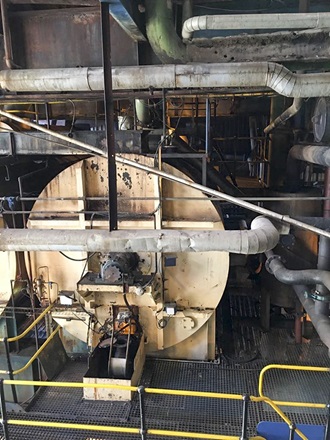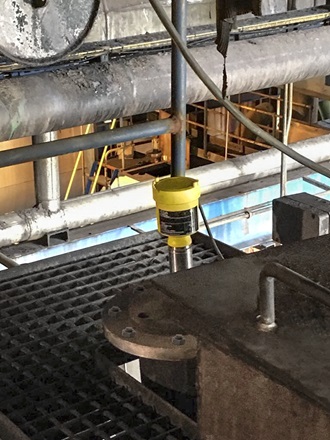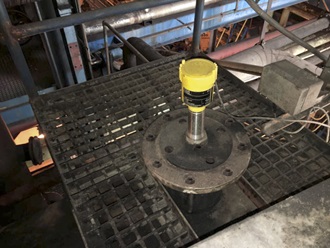VEGAPULS 64 provides reliability in the crystallization process in sugar production
The test run with the VEGAPULS 64 radar level transmitter was completely unproblematic since it was easy to mount the unit on existing measuring sockets.
VEGAPULS 64 in flange version delivers reliable and accurate level readings even in the harsh production environment at RCL Foods.
RCL has been working with VEGA for more than a decade and admires the Schiltach company, above all, for its excellent services. The reliability and high quality of the instruments are also unbeatable as far as the company is concerned. The VEGAPULS 64 that is now working reliably in the harsh production environment has proven this impressively once again.
VEGAPULS 64 Focusing
Export this article
Download as PDFShare this article
Comments ({{comments.length}})
{{getCommentAuthor(comment, "Anonymous")}} {{comment.timestamp | date : "dd.MM.yyyy HH:mm" }}
{{comment.comment}}




